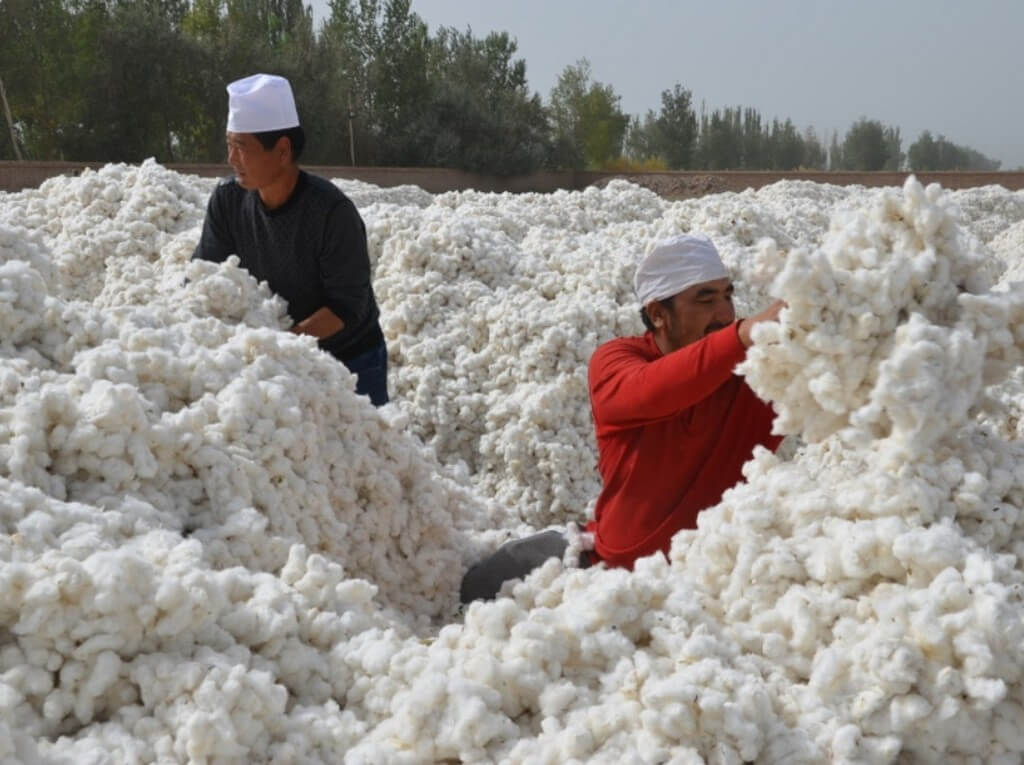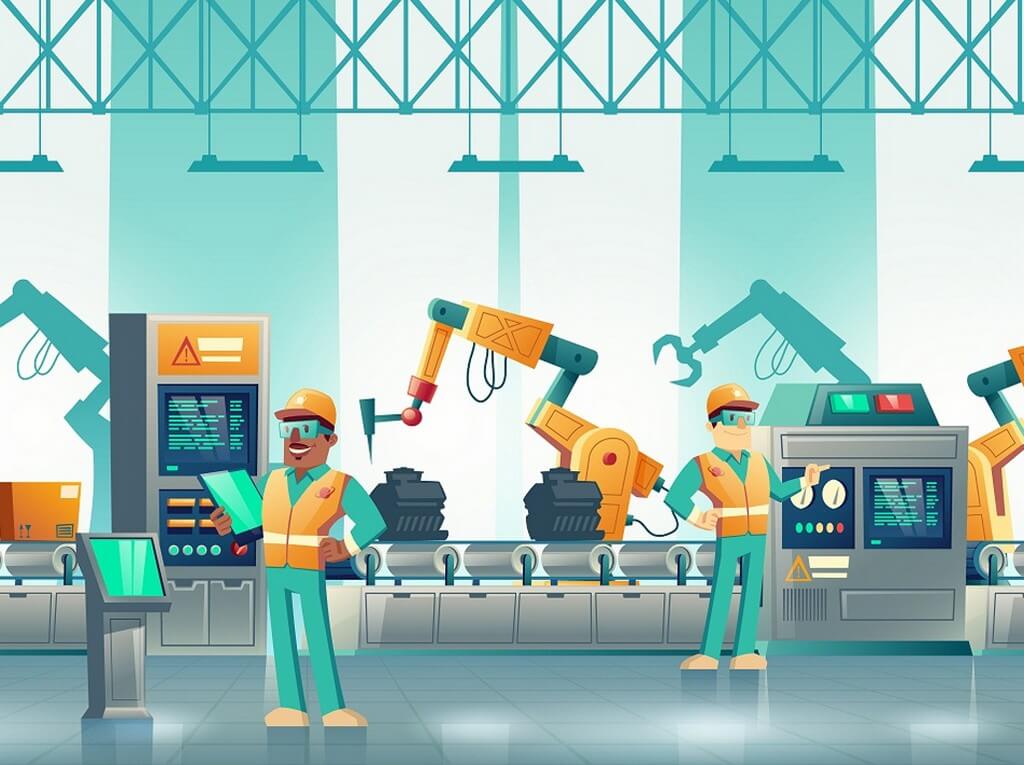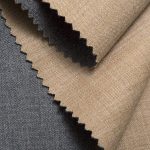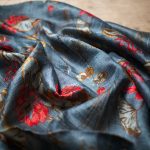Textile Testing: Why Is It Important?

Textile Testing is one of the most important steps of fabric construction as it helps identify the quality of the textile as well as what it is best used for. There are various methods of textile testing that a fabric goes through before being sent into factories for product manufacturing.
Textile testing is necessary to:
- Checking raw materials.
- Monitoring production.
- Assessing the final product.
- Investigation of faulty material.
- Product development and research.
A. Checking Raw materials:
The textile industry consists of a variety of separate processes like natural fiber production, man-made fibre extrusion, wool scouring, yarn spinning, weaving, dyeing and finishing, knitting, garment manufacture and production of household and technical products. These processes are fairly often administered in separate establishments, therefore what’s considered to be a staple depends on the stage in processing at which the testing takes place. It is often either the raw fibre for a spinner, the yarn for a weaveror the finished fabric for a garment maker. The incoming material ischecked for the specified properties in order that unsuitable materials are often rejected or appropriate adjustments made to the assembly conditions. The Standards that the raw material has to meet must be set at a realistic level.If the standards are set too high then material will be rejected that is good enough for the top use, and if they’re set too low then large amounts of inferior material will proceed into production.
B. Monitoring production:
Production monitoring, which involves testing samples taken from the assembly line, is understood as internal control . Its aim is to take care of , withinknown tolerances, certain specified properties of the merchandise at the extent at which they need to be set. A quality product for these purposes is defined as one whose properties meet or exceed the set specifications.
C. Assessing the final product:
In this process the majority production is examined before delivery to the customer to ascertain if it meets the specifications. By its nature this takes place after the material has been produced. It is therefore too late to change the assembly conditions. In some cases, selected samples are tested and in other cases all the fabric is checked and steps taken to rectify faults. For instance, some qualities of cloth are inspected for faulty places which are then mended by skilled operatives; this is often a traditional part of the method and therefore the material would be dispatched as first quality.
D. Investigation of faulty material:
If faulty material is discovered either at final inspection or through a customer complaint it’s important that the cause is isolated. This enables steps to be taken to eliminate faulty production in future then provide a better-quality product. Investigations of faults also can involve the determination of which party is liable for faulty material within the case of a dispute between a supplier and a user, especially where processes like finishing are undertaken by outside companies. Work of this nature is usually contracted by independent laboratories who are then ready to give an unbiased opinion.
E. Product development and research:
In the textile industry technology is changing all the time, bringing modified materials or different methods of production. Before any modified product reaches the market place it is necessary to test the material to check that the properties have been improved or have not been degraded by faster production methods. In this way an improved product or a lower-cost product with the same properties can be provided for the customer. A large organisation will often have a separate department to carry out research and development; otherwise it is part of the normal duties of the testing department.
Textile testing is therefore an important part of any fashion process, as it helps in segregating fabrics for the quality and purpose. It also helps with supplying good quality products to consumers and gaining a loyal customer base.









